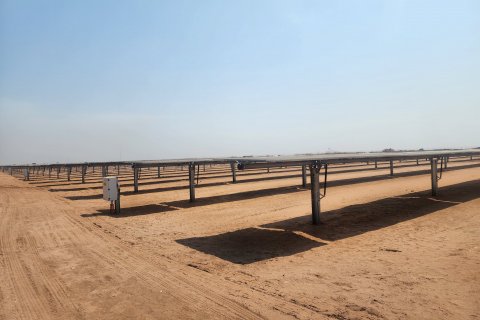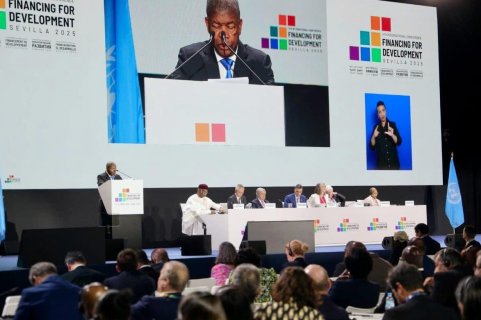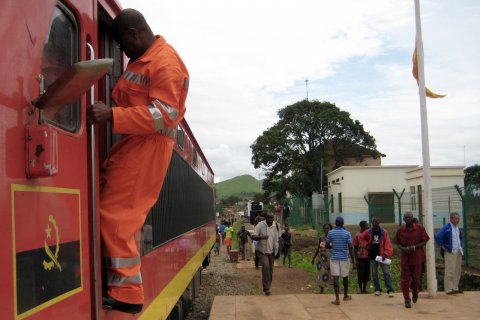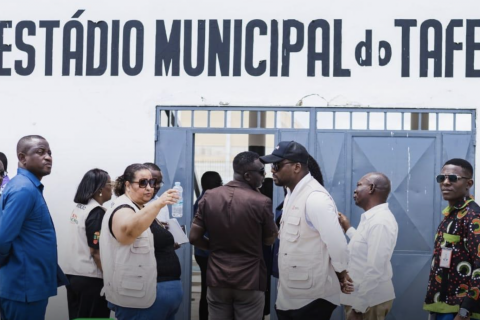According to the Global Economic Outlook report released Thursday in Washington, Angola, sub-Saharan Africa's third largest economy and second largest oil producer in the region are expected to return to growth this year after four years of recession.
"Economic activity in Angola is expected to have contracted by 0.7 percent in 2019, due to the drop in oil production for the fourth consecutive year due to the lower return from the old fields and the postponement of investments in new capacity", reads the report.
However, the document notes that "growth in the non-oil sector has strengthened due to several major reforms that have continued to improve the business environment".
Economic growth, they add, is expected to reach 1.5 percent this year and accelerate to an average of 2.7 percent by 2021 and 2022, economists say, warning that "this projection assumes that ongoing structural reforms, supported by prudent monetary policy and fiscal consolidation, ensure greater macroeconomic stability, continue to improve the business environment and enhance private investment".
In the outlook for this year, the World Bank also points out that "the recently announced oil sector reforms should support a recovery in production", which is essential for Angola to sustain economic growth, as the economy remains heavily dependent on production. and oil exports.
Sub-Saharan Africa's economies are expected to accelerate growth this year to 2.9 percent after 2019 economic expansion has been revised from 2.4 percent to 1.9 percent, according to World Bank estimates.
According to the Global Economic Outlook released, "the economic recovery in sub-Saharan Africa has lost its momentum, and growth in 2019 is estimated to have been moderate to 2.4 percent".
Economists argue with "the intensification of global headwinds such as the slowdown in activity of major trading partners, high political uncertainty and falling commodity prices, which have been compounded by domestic weaknesses in several countries".
For this year, growth is expected to accelerate to 2.9 percent, "assuming that investor confidence improves in some large economies, that energy bottlenecks subside, that increased oil production contributes to the recovery of oil exporters and robust growth to continue among agricultural exporters".
The World Bank forecast of 2.9 percent for this year also reveals a downward revision from previously forecasted 3.3 percent, "reflecting lower demand from major trading partners, lower commodity prices and adverse internal developments in various countries".
Among the key risks identified by the World Bank for this region, whose three largest economies (Nigeria, South Africa and Angola) are expected to face a recession on a per capita basis for the fifth consecutive year, are "a steeper than expected slowdown in the major trading partners such as China, the Eurozone or the United States, which will substantially reduce export earnings and investment".
World Bank - Global Economic Outlook
| GDP GROWTH | 2019 | 2020 | 2021 |
| Angola | -0,7 | 1,5 | 2,4 |
| Cape Verde | 5,0 | 5,0 | 5,0 |
| Guinea-Bissau | 4,6 | 4,9 | 5,0 |
| Equatorial Guinea | -4,3 | 2,3 | 1,0 |
| Mozambique | 2,0 | 3,7 | 4,2 |
| São Tomé and Príncipe | ND | ND | ND |
* NA - Not Available







